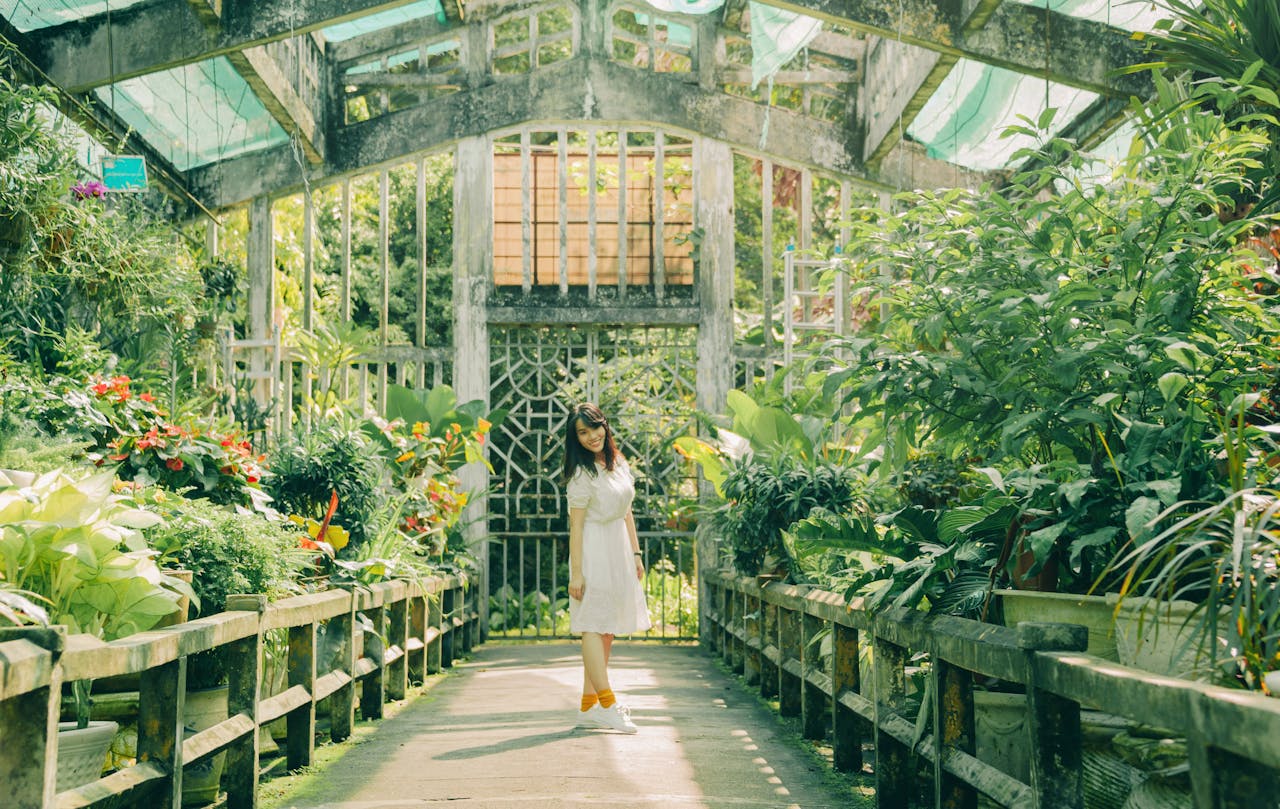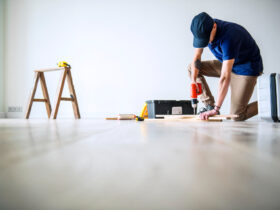Home gardening has seen a significant rise in popularity as more people discover the joy and benefits of growing their fruits, vegetables, and flowers. A greenhouse is one of the most valuable investments you can make as a gardening enthusiast, especially if you want to extend your growing season, protect your plants from harsh weather, or grow varieties that wouldn’t otherwise thrive in your climate. But with so many styles, sizes, and materials available, choosing the right greenhouse can be overwhelming for beginners. This guide breaks down the vital factors you need to consider before making your decision, helping you choose the perfect greenhouse to match your gardening goals, space, and budget.
Determine Your Gardening Goals
Before selecting a greenhouse, it’s important to understand your primary purpose for owning one. Are you planning to grow vegetables year-round, start seedlings in the early spring, or cultivate exotic plants like orchids or citrus trees? As mentioned at tiptopyards.com.au, each goal has different requirements in terms of space, temperature control, and light exposure. For example, if you’re simply looking to jump-start your spring planting, a small cold frame or portable greenhouse may suffice. If you want to grow produce all year, especially during colder months, you’ll need a more robust structure with insulation and possibly supplemental heating.
Choose the Right Size and Location
One of the biggest mistakes first-time greenhouse buyers make is underestimating how much space they’ll need. While it may be tempting to start small, many gardeners quickly outgrow their first greenhouse. Consider how many plants you intend to grow and allow space for shelving, walkways, and potential expansion. Keep in mind that the location of your greenhouse is just as crucial as its size. It should receive maximum sunlight, ideally six to eight hours per day, so a south or southeast-facing location is usually best. Avoid placing it under large trees or in shadowed areas, as insufficient sunlight will hinder plant growth. Easy access to water and electricity is also a significant advantage when choosing a spot.
Understand Greenhouse Materials
Greenhouses come in a variety of materials, each with its pros and cons. The frame is typically made from aluminum, wood, or galvanized steel. Aluminum is lightweight, rust-resistant, and requires little maintenance, making it a popular choice for hobby greenhouses. Wood offers a classic look and excellent insulation but demands regular upkeep to prevent rot. Galvanized steel is durable and strong, but can be heavier and more challenging to assemble. For glazing (the transparent covering), options include glass, polycarbonate, and polyethylene film. Glass offers the best light transmission but is fragile and expensive. Polycarbonate panels are durable, provide excellent insulation, and are more affordable, making them ideal for beginners.
Consider Ventilation and Temperature Control
Good ventilation is critical in maintaining healthy plants and regulating humidity and temperature inside your greenhouse. Without it, your greenhouse can become too hot, leading to heat stress, fungal growth, and pest infestations. Look for greenhouses with roof vents, louvered side vents, or even automatic vent openers that adjust based on temperature. In colder climates or if you plan to grow year-round, consider how you’ll heat your greenhouse—options include electric heaters, propane heaters, or passive solar designs. In hotter regions, shading systems or misting setups can help prevent overheating.
Evaluate Structural Design and Usability
Greenhouses come in several structural styles, such as lean-to, gable, and hoop houses, each with unique advantages. Lean-to greenhouses attach to an existing wall and are great for saving space and sharing utilities like water or electricity. Gable greenhouses, with their classic pitched roof, offer more vertical space for shelving and hanging baskets. Hoop houses, with their curved roof design, are affordable and easy to build but might lack insulation and durability in extreme weather. Beyond structure, think about usability. Is there enough room to move around comfortably? Are the doors wide enough for a wheelbarrow? Is shelving adjustable? These practical considerations will affect your daily gardening experience and the greenhouse’s long-term functionality.
Plan for Budget and Long-Term Investment
Your budget will naturally influence your greenhouse choice, but it’s important to view this purchase as a long-term investment. While budget-friendly models can be tempting, especially for beginners, they may not hold up to seasonal wear and tear or meet your growing needs as you become more experienced. Spending a little more on a well-built greenhouse with quality materials can save money and frustration in the long run. Factor in the cost of accessories like shelving, irrigation systems, thermometers, and heating units. Maintenance and operational costs, such as electricity or plastic replacements, should also be considered when setting your budget.

Choosing the right greenhouse for home gardening is about balancing your personal goals, available space, climate, and budget. By carefully considering factors like size, materials, ventilation, design, and long-term usability, you can create a greenhouse environment that supports healthy plant growth and brings you joy throughout the seasons. Whether you’re a hobbyist looking to cultivate a few herbs or a budding gardener aiming for a full-scale backyard operation, the right greenhouse can become the heart of your gardening journey. With this beginner’s guide, you’re well on your way to making an informed and rewarding choice.







Leave a Reply